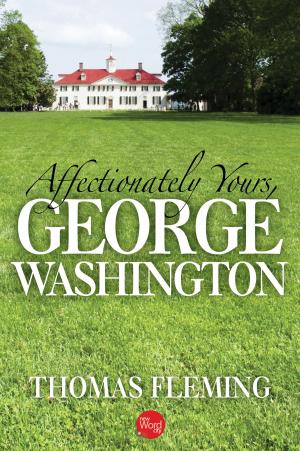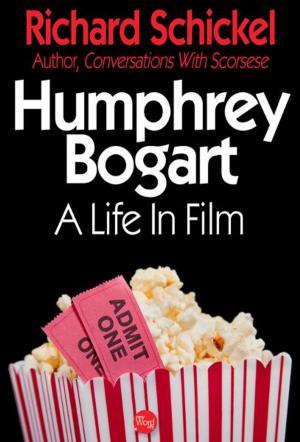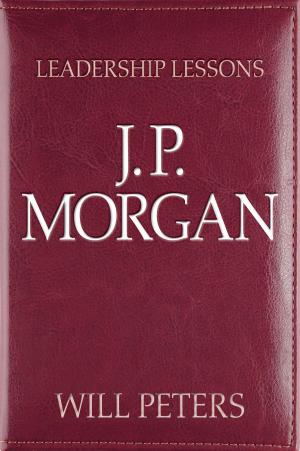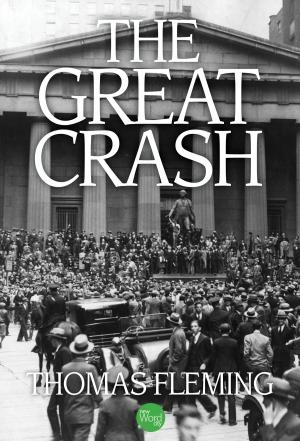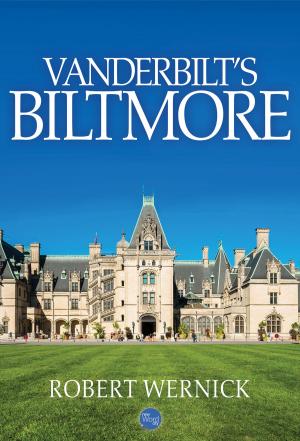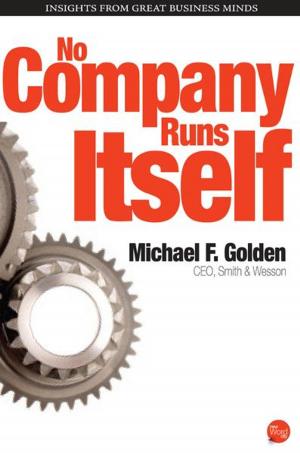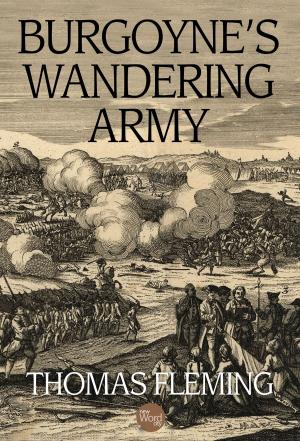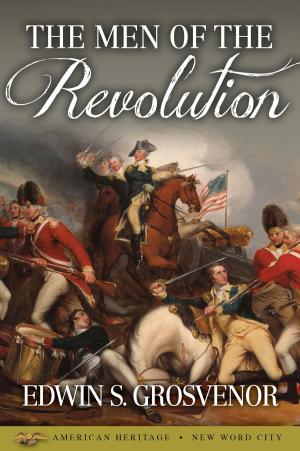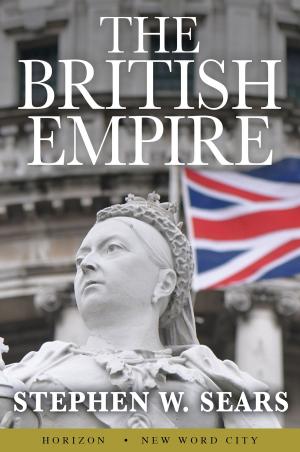First Stroke: Lexington and Concord
Nonfiction, History, Americas, United States, Colonial Period (1600-1775), Revolutionary Period (1775-1800), Military| Author: | Thomas Fleming | ISBN: | 9781612308807 |
| Publisher: | New Word City, Inc. | Publication: | September 19, 2017 |
| Imprint: | Language: | English |
| Author: | Thomas Fleming |
| ISBN: | 9781612308807 |
| Publisher: | New Word City, Inc. |
| Publication: | September 19, 2017 |
| Imprint: | |
| Language: | English |
On April 19, 1775, thirty-eight Americans formed two uneven lines on the wet grass of the two-acre common in Lexington, Massachusetts. They were summoned by the rolling beat of sixteen-year-old William Diamond's brightly painted drum. The order to sound the call to arms had been given by Lexington's militia captain, John Parker. A British column had been reported just fifteen minutes away. This is one of the vivid scenes New York Times bestselling author Thomas Fleming sets in First Stroke, his award-winning history of the opening days of the American Revolution, beginning with the Boston Tea Party.
On April 19, 1775, thirty-eight Americans formed two uneven lines on the wet grass of the two-acre common in Lexington, Massachusetts. They were summoned by the rolling beat of sixteen-year-old William Diamond's brightly painted drum. The order to sound the call to arms had been given by Lexington's militia captain, John Parker. A British column had been reported just fifteen minutes away. This is one of the vivid scenes New York Times bestselling author Thomas Fleming sets in First Stroke, his award-winning history of the opening days of the American Revolution, beginning with the Boston Tea Party.

